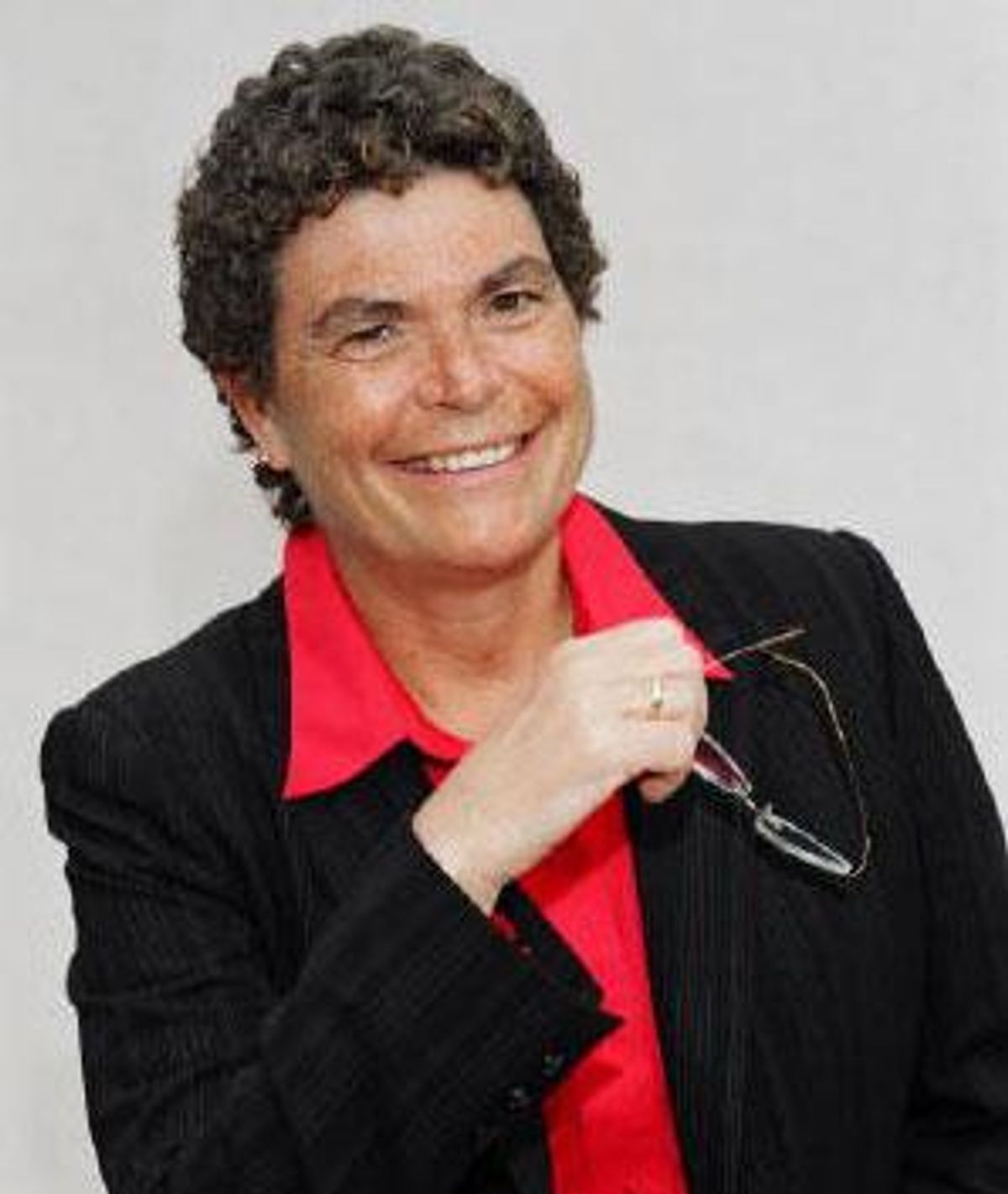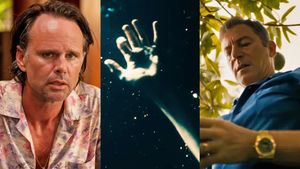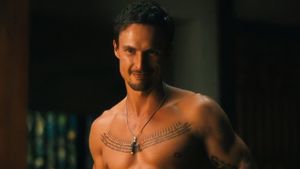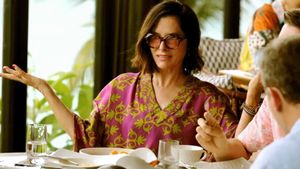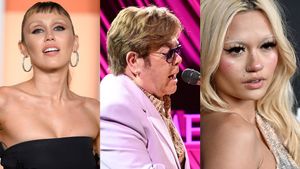Dr. Susan Love
didn't set out to become a breast specialist. But
when she became a surgeon in the late 1970s, not only
did men dominate the field, they often believed that
women should operate only on other women. As a result,
her male colleagues typically sent female patients her way,
many of whom had breast problems.
Dr. Love saw an
opportunity to make a difference, and she ran with it.
Over the next 10 years, her controversial views about
treating breast cancer and other breast problems
garnered attention inside and outside the medical
establishment. And when she published Dr. Susan
Love's Breast Book in 1990, still
widely referred to as "the bible for women with
breast cancer," her reputation grew even more.
Today, Love
serves as president and medical director of the Dr. Susan
Love Research Foundation. Her goal is to develop a tool that
could diagnose breast cancer so early it would find
cells that, as she likes to say, "are just
starting to think about becoming cancer." The
foundation is located in Southern California, not far
from the home she shares with her partner of 25 years,
Helen Cooksey, and their 19-year-old daughter, Katie.
Forty years ago, how were women who had been diagnosed
with breast cancer treated?
Back then, we didn't have mammography
screening, so you would come in if you found a lump.
You'd be scheduled for a surgical biopsy. If they
found cancer, the doctor would perform a mastectomy.
More often than not, the way you found out whether you
had cancer--because the surgeon wasn't there
and the nurses wouldn't tell you anything--was
by looking at the clock. If you'd been in
surgery for an hour, you'd had a biopsy. If it was
three hours later, you'd had a mastectomy. And
then when you left the hospital you wouldn't
tell anyone what had happened because nobody talked about
breast cancer.
What triggered the breast cancer activism of the 1990s?
In the late 1980s, there was a growing movement
to make the biopsy and the mastectomy two separate
procedures. My book came out in 1990. Women loved it,
but doctors hated it, because the doctor was supposed to
control all of the information and I was telling women all
of our secrets. This was also the time when the AIDS
movement was politicizing HIV. Women quickly realized
that breast cancer--how it was treated, funding
for research and treatment--was political as well.
That's how I began working with breast cancer
survivors to cofound the first grassroots breast
cancer advocacy organization, the National Breast
Cancer Coalition.
How is breast cancer treated today?
Now it's much more likely that
you'd have a biopsy because something is seen
on a mammogram. After you'd get your biopsy results,
you'd see a surgeon, who would talk to you
about your options --lumpectomy with radiation or
mastectomy. We wouldn't take out lymph nodes unless
it was necessary. After your tumor was removed, the
surgeon would have it tested to see what type of
treatments it would respond to, and then talk to you
again about your options--chemotherapy, hormone
therapy, Herceptin. You'd also probably get a
second opinion, read lots of books, join a support
group, or get involved in fighting for more research
funding.
What will the field be like 20 years from now?
Once a year you will do a breast exam at home. You will
put a special type of bandage on each nipple. Then,
you'll massage each breast to release a drop of
fluid onto the bandage. If the bandage turns blue, you
will go to see your doctor, who will take more fluid out of
your nipple to determine which specific breast duct is
abnormal. The doctor will then squirt a treatment down
that abnormal duct, and you'll be back to normal.
How can women reduce their breast cancer risk?
Exercise--working out and not being
overweight--appears to reduce risk. Be careful
not to get unnecessary radiation from X-rays. Eat a diet
that includes a lot of fiber and is low in animal fat.
And don't use hormones to treat menopausal
symptoms for more than three to five years.
What's one of the most stubborn myths about breast cancer?
That lesbians are at higher risk. Studies have
identified some of the factors that increase breast
cancer risk, and anyone, straight or gay, who has
these risk factors--such as never getting pregnant,
drinking more than one drink a day, being overweight,
not going to the doctor regularly--is at higher
risk. There is nothing about being a lesbian, per se,
that puts you at higher risk.
